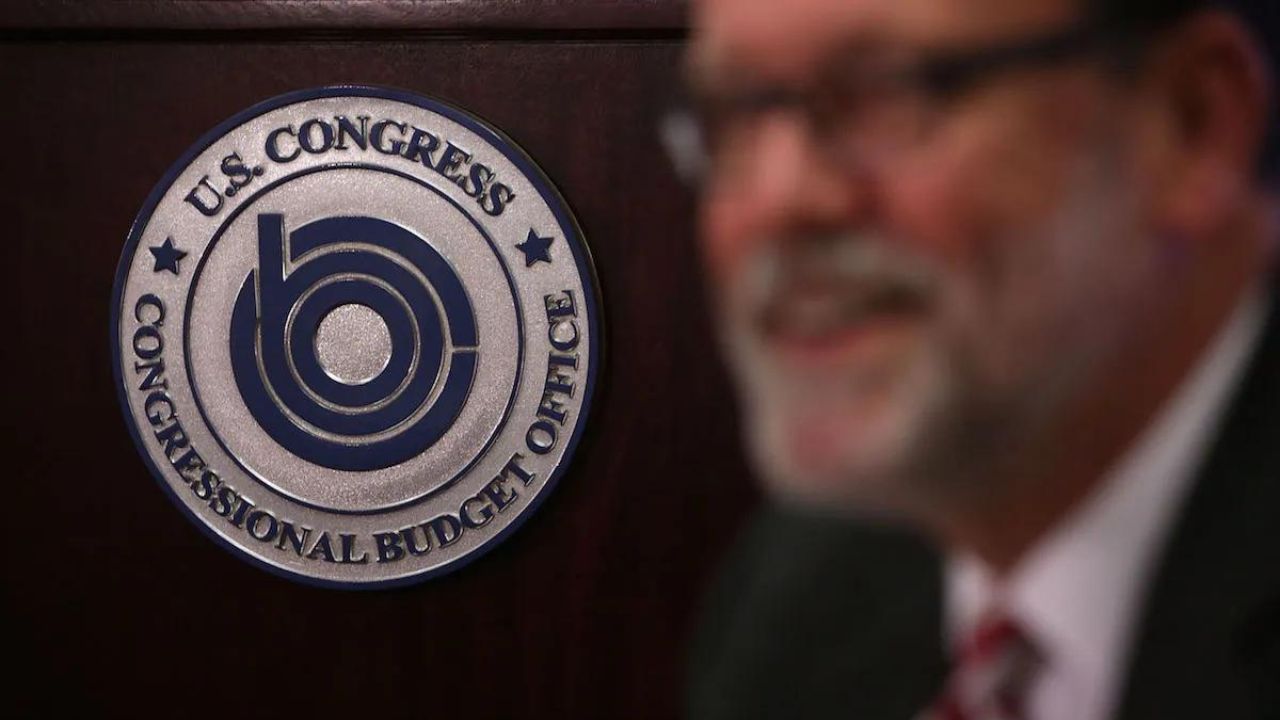The recent surge in immigration is proving to be a significant boon to the U.S. economy, despite facing various global challenges.
According to Joyce Chang, chair of global research at JPMorgan, this influx of immigrants has played a pivotal role in bolstering economic growth.
The U.S. Federal Reserve recently revised its GDP growth projection for 2024 to 2.1%, up from 1.4% in its previous forecast.
This upward adjustment underscores the resilience of the economy, even amidst the challenges posed by high interest rates and the central bank’s efforts to manage inflation levels.
Labor Market Resilience and Inflation Concerns
Despite tighter monetary conditions, the labor market in the U.S. has remained robust. February saw unemployment rates staying below 4%, coupled with an impressive addition of 275,000 jobs.

However, concerns about inflation persist as the Fed raises its projections for core personal consumption expenditure (PCE) to 2.6%.
The core consumer price index (CPI), excluding volatile food and energy prices, experienced a 0.4% rise in February, slightly exceeding forecasts.
These trends indicate ongoing pressure on wages, housing costs, and a resurgence in energy prices, prompting cautious monitoring by the Fed regarding inflation management.
Immigration’s Economic Dynamics
A recent report from the Congressional Budget Office estimated net immigration to the U.S. at 3.3 million in 2023, a figure projected to remain stable in 2024 before declining in subsequent years.

Despite being a contentious topic, immigration’s net impact on the economy is regarded as positive, according to Chang.
Chang highlights the role of immigration in driving increased consumption and maintaining low unemployment rates.
While acknowledging immigration as a political issue, Chang emphasizes its significant contribution to economic indicators such as unemployment and consumption strength.
